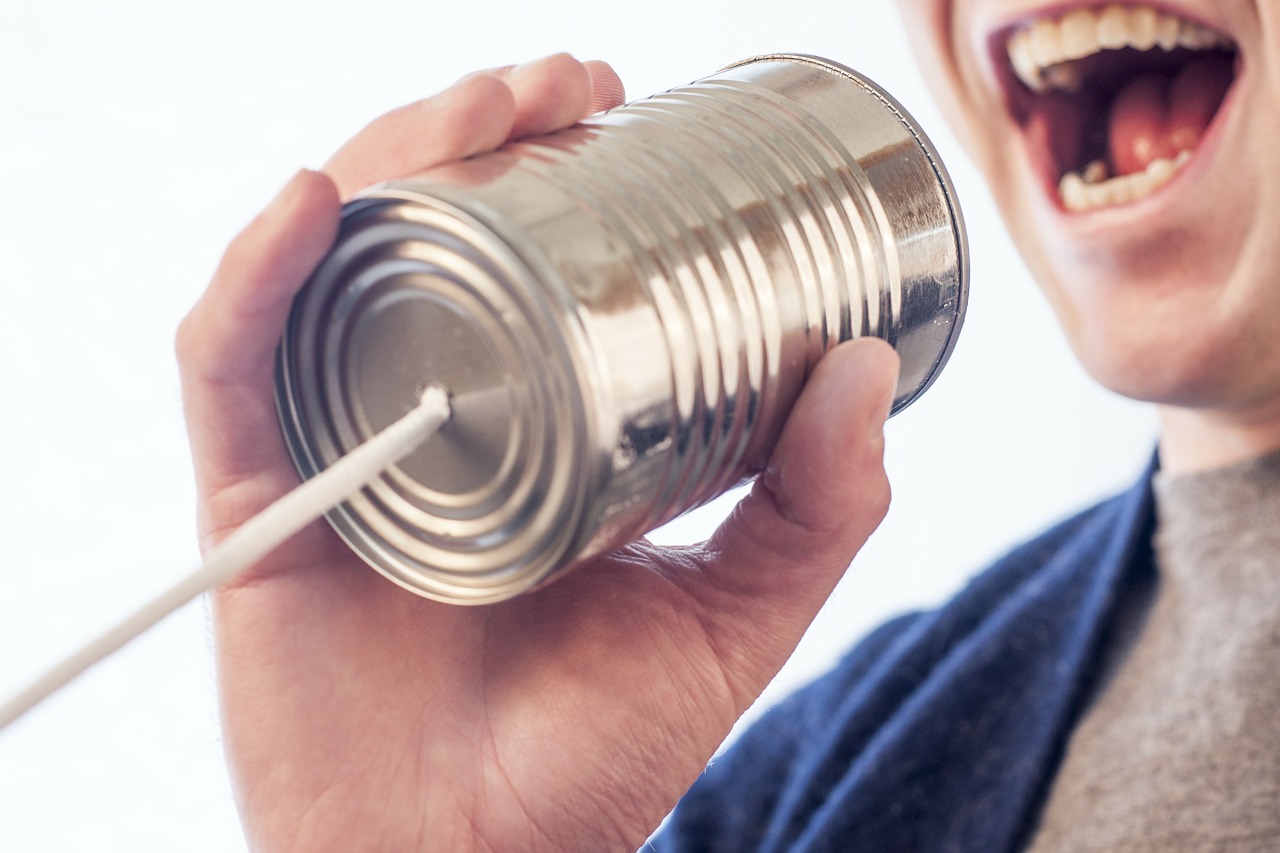As I continue to share success stories from my living laboratory this month, I recall working with Bill for a Just-in-Time coaching session. Situation: Bill, a bright, young entrepreneur, was a Managing Partner of a software company. He was on his way to the West Coast to deliver a presentation when he called me for some coaching. His company was positioned to sell their start-up to a large organization. His partner was concerned about their image because Bill was such a terrible presenter. How often are team members or partners embarrassed by how they present themselves and the company brand? I explained to Bill how important it was to be visible and to get out there and speak. As an owner of the company, he was the face of the organization and people wanted to hear from him. Bill was motivated to change.
Solution: I worked with Bill on his transitions. We reduced the number of slides in his PowerPoint presentation, got him to slow down his speaking pace, and coached him to connect eye-to-eye with the audience. These were all small changes but like many speakers and presenters he was unaware of how to change. He didn't require a major make-over to be effective.
Result: After only TWO HOURS, Bill had transformed his image. He faxed me the results of his first speech and the results after coaching. He went from scoring a 2.6 on his audience evaluations to a 4.0 on a scale of 1-5. Audience members praised his presentation as "entertaining," "informative," and "clear." Bill confided that the meeting planner withheld the evaluations from his first speech because they hadn't been very good. His partner in the firm was blown away by the transformation! As I always say, It's the little things that make the greatest impact.
For public speaking tips visit http://www.atozpublicspeaking.com


 I just returned from a networking event. The venue was crowded and noisy. The host tried to get our attention by speaking over the crowd. We had difficulty hearing him and he was obviously straining his voice. Straining your voice can cause laryngitis, vocal nodules and inflammation. A vocal pathology affects your image but can also cause you to cancel meetings and lose business. Too many people misuse their voices.
To protect your voice, here are some tips for good vocal hygiene:
I just returned from a networking event. The venue was crowded and noisy. The host tried to get our attention by speaking over the crowd. We had difficulty hearing him and he was obviously straining his voice. Straining your voice can cause laryngitis, vocal nodules and inflammation. A vocal pathology affects your image but can also cause you to cancel meetings and lose business. Too many people misuse their voices.
To protect your voice, here are some tips for good vocal hygiene: Murphy's Law was in full effect. My associate and I conducted a live teleseminar together.
We rehearsed the night before using the conference service. She did a live recording of a different class the day before and it went off without a hitch. So we knew the service was reliable.
Murphy's Law was in full effect. My associate and I conducted a live teleseminar together.
We rehearsed the night before using the conference service. She did a live recording of a different class the day before and it went off without a hitch. So we knew the service was reliable.